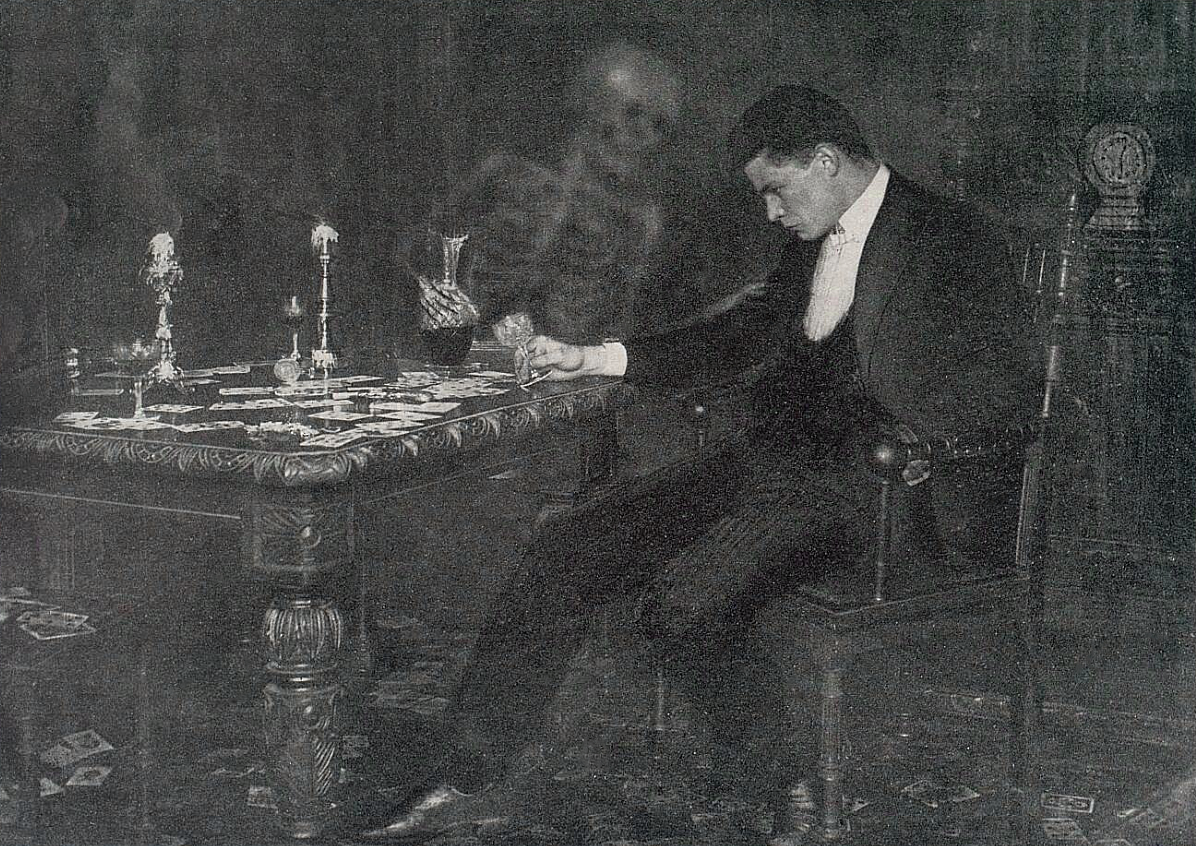Another year of the annual International Studies Horror Film Fest has come and gone, and with it went my hope that they would show actual horror movies.
Don’t get me wrong; the selections were wonderfully artistic and variable in tone and theme and texture. All three featured original plots and unsettling undertones. They each force a bit of creepiness into one’s idea of the world, while remaining quite beautiful. However, I would have appreciated at least one fully, overtly gruesome movie in the program. The gore was almost nonexistent in all of the films, limited to a few scenes of graphicness apiece. I found myself groaning over the romantic subplots and long periods of calm while trying to focus on the main stories and character dynamics. On Halloween, I need fear to rule. This can be done in complex, story-rich, writerly ways; the artistry of a film need not be sacrificed. Thus, even if the fest’s planners intended to get together a group of intellectually stimulating movies, they could have done so while giving the audience a little more of a scare.

Face was basically CSI or Criminal Minds in all it accomplished horror-wise. The whole movie seems cast in shadows, plagued by an uninspired soundtrack and TV-drama style acting. But the pace of the film was perfect, a slow reveal of a shocking truth whose slime does something venomous to the psyche of the audience.

The Lure was an entire musical, and certainly the only movie of its kind, however impossible to define that may be. The heavy glamour of the strip club pairs so well with the mythology surrounding mermaids, and the girls’ dead stares were a perfect balance for all the life in their musical numbers. The unwholesomeness of the young girls participating in this business combines with the sexual power of mermaids in lore to create an uneasy feeling for the audience, similar to the trickery sailors face in all the stories. But even with the violence and the complex uneasiness, this movie is far closer to a comedy than a horror film.

Dogtooth seemed like something I should have enjoyed, given that its creator is the same man behind The Lobster (a movie which, after watching, made me feel so unmoored that I literally held onto street signs as I walked to the bus stop, certain I’d blow away with the wind). It bears obvious similarities in how the cast is directed to act (basically emotionless, flat) and the minimalism of the indoor environments. But it falls short of creating the same level of effect for me that Lanthimos had in his later film. I think he realizes later in his career that there is a limit to the lack of expression he can write into his actors and the barrenness of the landscape before it becomes too offputting for the audience to focus on the story. In short, I got bored, and the beauty of the expertly done lighting and the carefully constructed garden space did little to change that. Some emotional music would have gone a long way.
Truly, these movies have tons of artistic value to consider and appreciate. In another sort of film festival, they would be great additions (and indeed, they have been inputs of such festivals as Cannes and Sundance), but I still hold that they are unwise selections for a true horror fest. I hope that next year, they have more time in the gallery to show an extra movie that a Halloween lover would appreciate.











